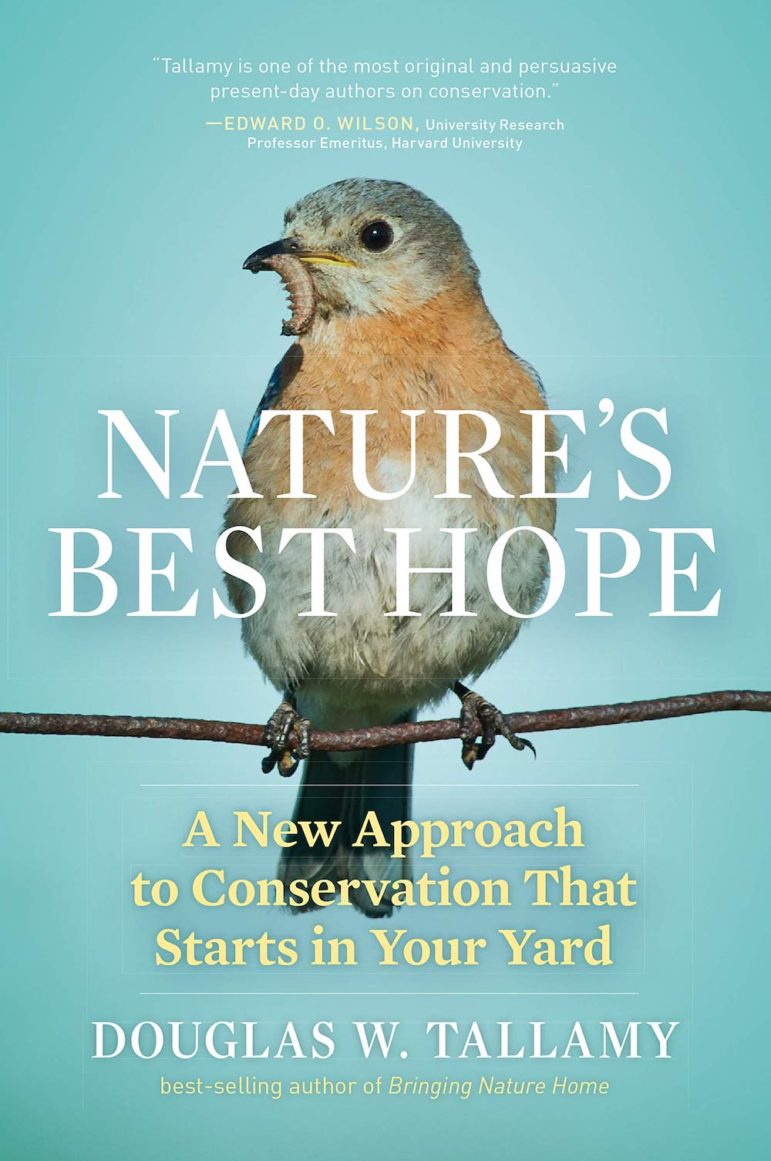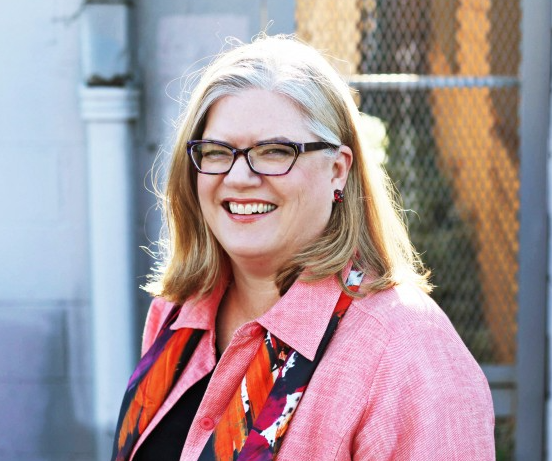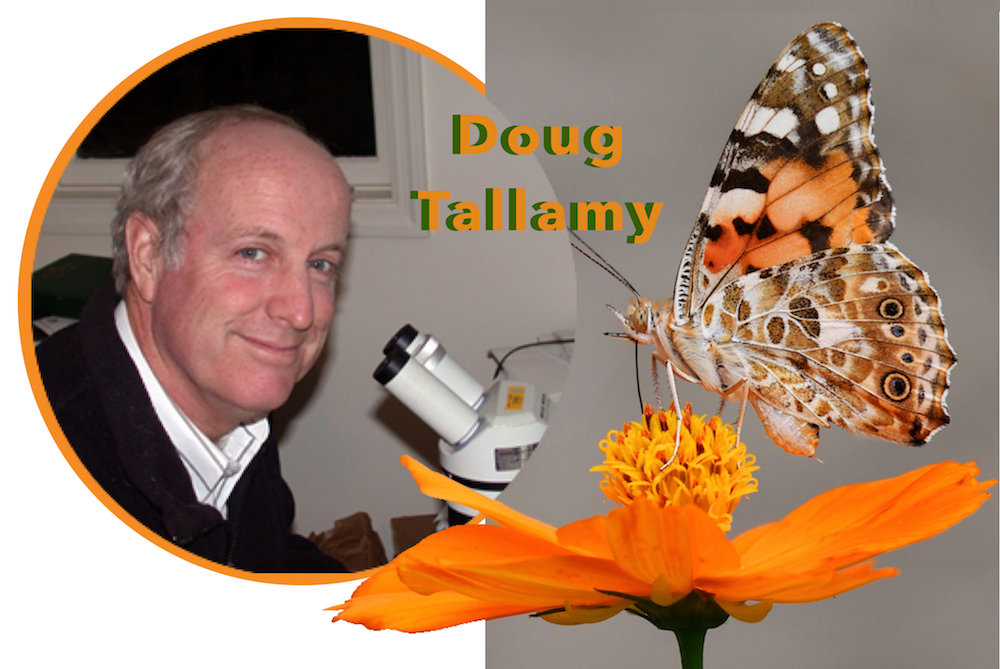Doug Tallamy is bothered by the birds and the bees.
“The recent news that three billion North American birds are not here anymore is cause for alarm,” says Tallamy, professor in the Department of Entomology and Wildlife Ecology at the University of Delaware. “It’s literally a case of ‘the canary in the coal mine.’ If we lose the birds, we lose a lot of other things that keep humans alive.”
Tallamy spoke about the birds—as well as bees and other insects—at the Piedmont Community Hall on Wednesday, October 23, as part of the annual Community Meeting sponsored by the Piedmont Garden Club.
Tallamy attributes the loss of birds to a number of factors, but he believes one major cause is the decline of insects that are their main diet. His mission is to enlist backyard gardeners to create environments that will support healthy ecosystems.
“It’s a de-centralized approach to conservation,” says Tallamy.
Along with forgoing pesticides and reducing lawns, Tallamy promotes the use of “keystone” plant species. These powerhouse native plants make most of the food for the insects that feed the birds. In the dozen years since publishing his bestselling book “Bringing Nature Home: How Native Plants Sustain Wildlife in our Gardens,” Tallamy’s team has been researching the effects of native plants on our ecosystems. One of their key findings is that only 5% of the plants in our gardens provide 75% of the food for local insects.

“We used to think all native plants were created equal, but we’re now encouraging gardeners to make sure there are some of these higher producing keystone plants—which vary by location–in their landscape.”
Tallamy gardens on the east coast but provides suggestions for keystone plants that thrive here in the East Bay. He also congratulates us on an abundance of the very best keystone plant—the oak tree. “Oaks are the most powerful plant you can have on your property.”
Noting that every garden should include plants that promote viable food webs, encourage diversity of pollinators, manage watersheds and sequester carbon (thank you redwoods), Tallamy says there is room for compromise in a garden. “You can still have your crepe myrtles and other non-native plants—as long as they don’t dominate the garden.”
Tallamy has faith that educated homeowners will bring back the insects and the birds.
“Every property owner owns a piece of the biosphere. It’s your responsibility to take care of it and it’s an awesome responsibility. You’re nature’s best hope.”
Tallamy’s new book “Nature’s Best Hope: A New Approach to Conservation That Starts in Your Yard” will be released in February, 2020.

A member of PGC, Kathryn Pritchett is a writer and blogger who likes to explore the basic building blocks of good design. Her writing about design-related things for many print and online publications including the Bay Area News Group where her column Things Elemental ran for many years. Follow Kathryn on Things Elemental.

So glad our community is talking about this!
It’s not just the trees (and schools) that make Piedmont a great place to live, but also the birds, bees and butterflies.
Another great read along these lines – Rambunctious Garden by Emma Marris – https://www.amazon.com/Rambunctious-Garden-Saving-Nature-Post-Wild/dp/160819454X